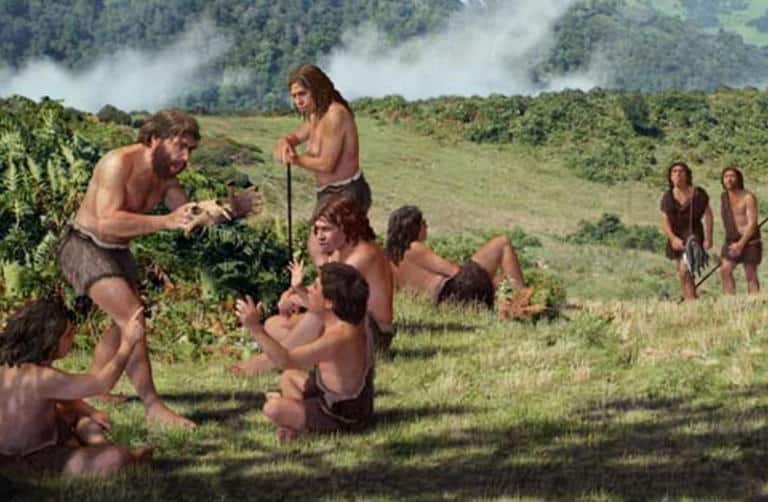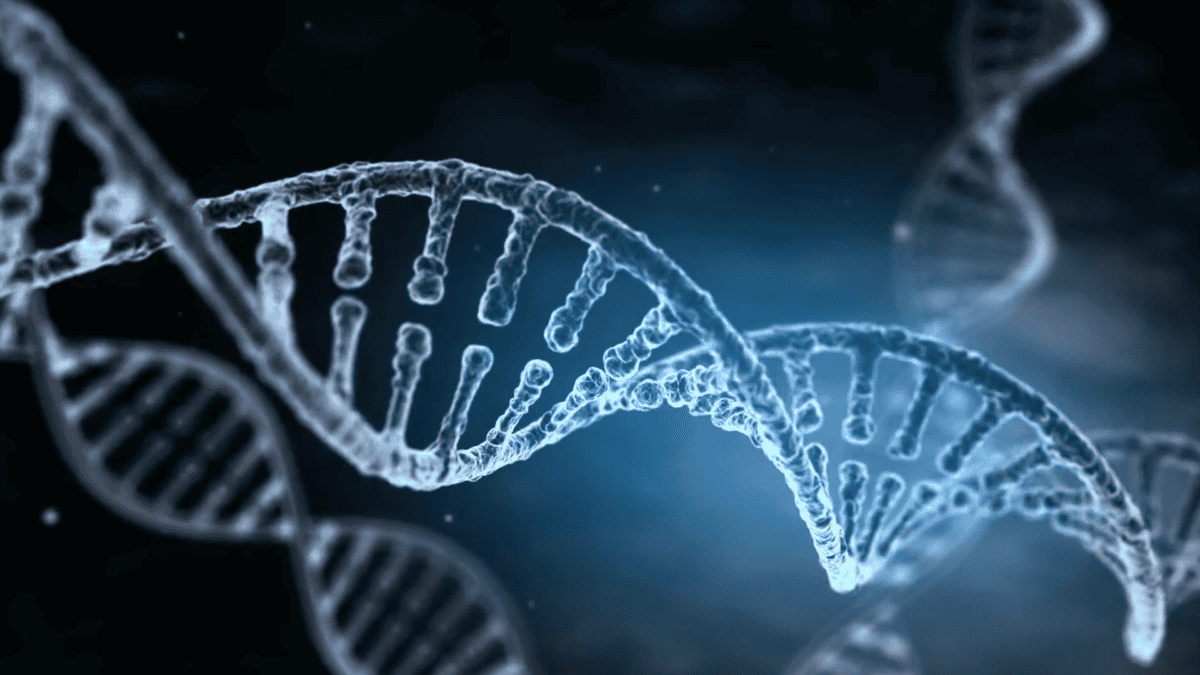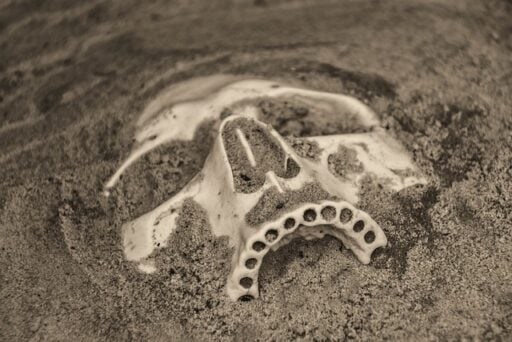More than 300,000 years ago, Homo sapiens emerged in Africa, the cradle of humanity. Around 60,000 to 70,000 years ago, these early humans embarked on one of the greatest migrations in history, leaving Africa to explore the wider world. But the mystery of where they went immediately after their departure has baffled scientists for decades. A new study finally offers answers: these pioneers settled in a hub that spanned Iran, southeast Iraq, and northeast Saudi Arabia before continuing their journey across Asia and Europe some 45,000 years ago.
This revelation is more than just a historical curiosity—it provides crucial insights into our ancestors’ survival, adaptability, and how they laid the groundwork for modern populations.
Humanity’s First Home Outside Africa

After leaving Africa, Homo sapiens found themselves in a region that the researchers describe as an ideal habitat, rich in ecological diversity. This area, known as the Persian Plateau, offered a mix of forests, grasslands, and savannahs. The climate fluctuated between wet and dry periods, which may have helped these early hunter-gatherers survive and thrive. Food sources were abundant: wild gazelle, sheep, and goats roamed the land, while edible plants provided additional sustenance.
The Seasonal Lifestyle of Early Homo Sapiens

Michael Petraglia, an anthropologist and co-author of the study, explains, “Their diet would have been composed of edible plants and small- to large-sized game. These hunter-gatherer groups seemed to have practiced a seasonal lifestyle, living in the lowlands during cooler months and moving to the mountains in the warmer months.”
For millennia, these early humans lived in small, mobile groups, constantly adapting to the changing environment around them. Their stay on the Persian Plateau would have lasted thousands of years before they began dispersing further into Asia and Europe.
The Cultural Achievements of Early Humans

During their time on the Persian Plateau, Homo sapiens were not only surviving but also achieving cultural milestones. Cave art began to appear shortly after humans left the hub, suggesting that some of these cultural innovations may have been developed while they were still settled in the region. The creative and intellectual leaps made during this time may have provided the foundation for the civilizations that would later arise in Europe and Asia.
Resembling East African Ancestors

Luca Pagani, a molecular anthropologist and co-author of the study, notes that the people living in the hub likely resembled the Gumuz or Anuak people of East Africa, with dark skin and hair. These early humans may have carried with them an emerging sense of identity, expressed through their art and tools, as they ventured into new lands.
The Genetic Legacy of the Hub

One of the most remarkable findings of this study is how the genetic divergence between modern-day East Asians and Europeans began after humans dispersed from the Persian Plateau. The researchers analyzed modern and ancient DNA from both groups, pinpointing the genetic differences that began to form as Homo sapiens spread out from the hub.
Tracing Ancient Genomes

Leonardo Vallini, the study’s lead author, highlights how their analysis relied on ancient genomes dating back 45,000 years. “We devised a way to disentangle the extensive genetic mixing that has occurred since the dispersal out of the hub in order to pinpoint this region,” he explains.
By tracing the genetic lineage of modern populations, the researchers were able to map the gradual divergence that began in this region, leading to the diversity we see in humans today.
Homo Sapiens and Neanderthals

The Persian Plateau wasn’t only home to Homo sapiens. Before their arrival, Neanderthals had already established themselves in the area. When modern humans migrated to the region, they encountered Neanderthals, leading to interbreeding between the two species. Today, this ancient interaction has left its mark on the DNA of non-African populations, with a small percentage of Neanderthal genes still present in modern humans.
Vallini believes that the Persian Plateau might have been the site of one of the earliest interactions between Homo sapiens and Neanderthals. “Neanderthals are attested in the area before the arrival of Homo sapiens, so the hub may well have been where that interaction took place,” he says.
The interbreeding between Homo sapiens and Neanderthals didn’t just leave a genetic legacy—it may have also influenced cultural exchanges, tool-making techniques, and survival strategies that helped early humans adapt to new environments.
A New Understanding of Our Origins

The study’s groundbreaking findings offer a fresh perspective on humanity’s early migration out of Africa. For years, the precise whereabouts of our ancestors after they left Africa remained uncertain. Now, with the help of genetic data and paleoecological evidence, scientists have uncovered a more detailed map of early human settlement. The Persian Plateau served as a critical hub in the spread of Homo sapiens, a place where culture, survival, and genetic divergence began to take shape.
This discovery also challenges previous assumptions about the out-of-Africa migration, showing that early humans didn’t immediately disperse across the globe. Instead, they remained in this geographic hub for thousands of years, allowing them to develop the skills and tools necessary to conquer new lands.
How Early Human Migration Shaped the Genetic Legacy of Modern Populations

As scientists continue to unravel the mysteries of our ancient past, each new discovery brings us closer to understanding how our ancestors adapted, survived, and thrived in a world very different from the one we know today. Their journey from Africa to the Persian Plateau—and eventually to the farthest reaches of Asia and Europe—shaped the course of human history, leaving a legacy that continues to resonate in the genetic makeup of modern populations.
The Legacy of the Persian Plateau

The migration of Homo sapiens out of Africa remains one of the most significant events in human history. The discovery that these early humans paused on the Persian Plateau for thousands of years before continuing their journey offers new insights into how our species adapted to new environments, developed culturally, and laid the foundation for the genetic diversity we see today.
As researchers continue to explore the region and analyze ancient DNA, more secrets about our ancestors are sure to be revealed. The Persian Plateau, once a thriving hub of human life, is now recognized as a key chapter in the story of Homo sapiens—a place where the past, present, and future of humanity intersect.

